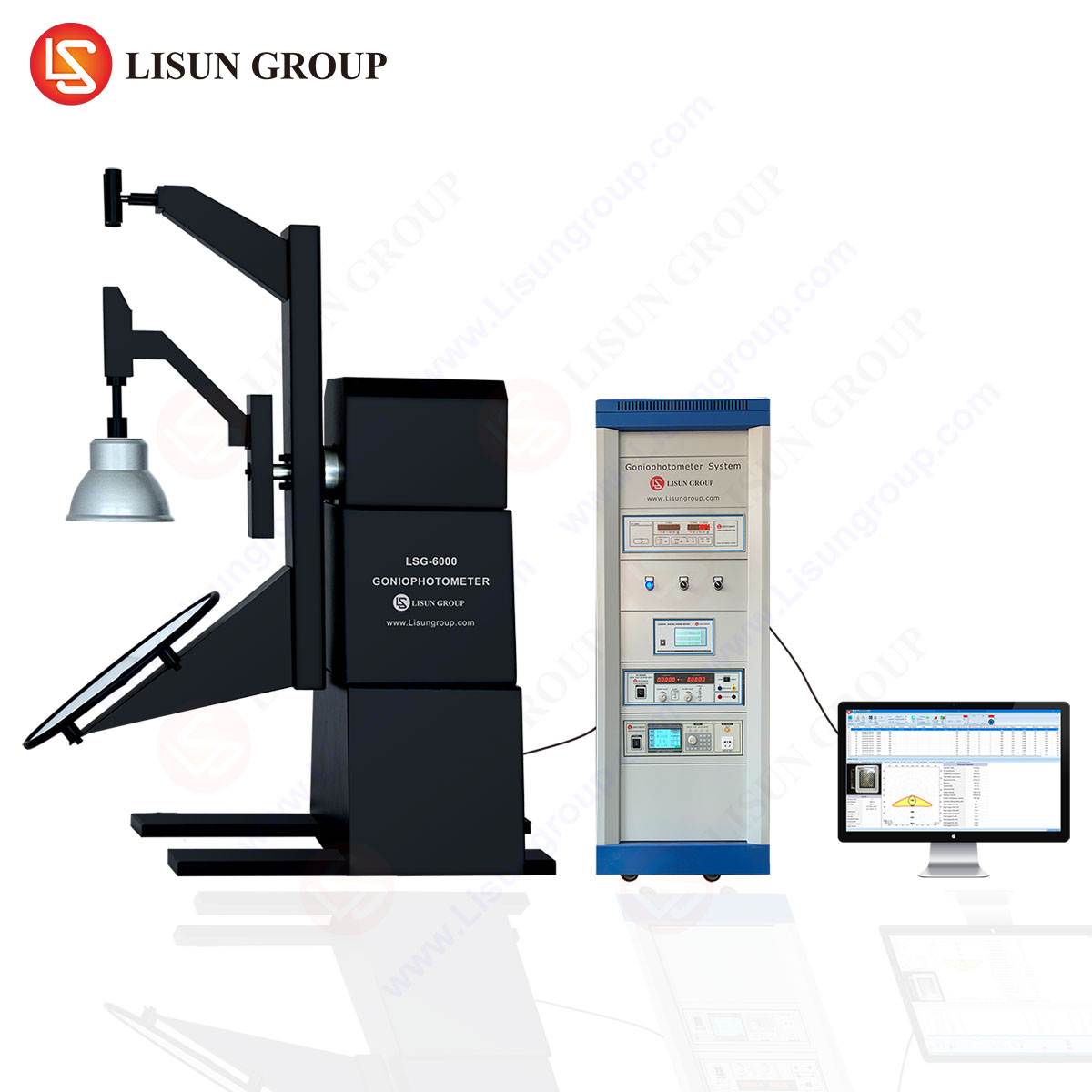Introduction to High Voltage Surge Generators
High Voltage Surge Generators (HVSGs) are critical test instruments designed to simulate transient overvoltage events, ensuring the robustness of electrical and electronic equipment against lightning strikes, switching surges, and electromagnetic interference. These devices adhere to international standards such as IEC 61000-4-5, EN 61000-4-5, and GB/T 17626.5, providing reproducible test conditions for compliance verification.
The LISUN SG61000-5 Surge Generator is a state-of-the-art instrument engineered to deliver precise surge waveforms for immunity testing across diverse industries, including automotive, aerospace, medical devices, and power electronics.
Operating Principles of Surge Immunity Testing
Surge testing evaluates a device’s ability to withstand high-energy transients. The LISUN SG61000-5 generates standardized waveforms, including:
- Combination Wave (1.2/50 µs voltage surge + 8/20 µs current surge)
- Ring Wave (100 kHz damped oscillation)
These waveforms replicate real-world surge events, such as lightning-induced transients in power lines or switching surges in industrial equipment. The generator employs a high-energy capacitor discharge mechanism, synchronized with coupling/decoupling networks (CDNs) to inject surges into power and signal lines without damaging the test equipment.
Technical Specifications of the LISUN SG61000-5 Surge Generator
The LISUN SG61000-5 is engineered for high precision and reliability, with the following key specifications:
| Parameter | Specification |
|---|---|
| Output Voltage | 0.5–6 kV (AC/DC) |
| Output Current | Up to 3 kA |
| Waveform Accuracy | ±10% per IEC 61000-4-5 |
| Polarity Switching | Automatic (± polarity) |
| Coupling Modes | Line-to-Line, Line-to-Ground |
| Compliance Standards | IEC/EN 61000-4-5, GB/T 17626.5 |
Industry Applications of Surge Testing
Lighting Fixtures and Industrial Equipment
Lighting systems, particularly LED drivers, are susceptible to voltage surges from power grid fluctuations. The SG61000-5 verifies surge immunity, ensuring compliance with safety standards such as IEC 60598 for luminaires. Industrial motor drives and control panels are similarly tested to prevent failure due to switching transients.
Medical Devices and Household Appliances
Medical equipment, including patient monitors and imaging systems, must endure surges without malfunction. The SG61000-5 tests power supply resilience in compliance with IEC 60601-1-2. Household appliances, such as refrigerators and washing machines, undergo surge testing to meet IEC 60335 requirements.
Automotive and Rail Transit Systems
Electric vehicles (EVs) and railway signaling equipment are exposed to lightning-induced surges. The SG61000-5 validates surge protection devices (SPDs) in onboard chargers and traction systems per ISO 7637-2 and EN 50155.
Communication and IT Equipment
Telecom base stations and data centers require surge immunity to prevent downtime. The generator tests Ethernet, RS-485, and coaxial interfaces under IEC 61000-4-5 Level 4 (6 kV).
Competitive Advantages of the LISUN SG61000-5
- High Waveform Fidelity – Ensures compliance with IEC standards, minimizing test result variability.
- Automated Polarity Switching – Reduces manual intervention, improving test efficiency.
- Modular Design – Supports additional CDNs for multi-port testing in complex systems.
- User-Programmable Sequences – Allows custom surge repetition rates for stress testing.
Testing Methodology and Best Practices
Surge testing involves:
- Direct Injection – Applying surges directly to power inputs.
- Inductive Coupling – Testing signal lines via CDNs.
- Repetitive Surge Testing – Evaluating cumulative stress effects.
Pre-test calibration using a high-voltage probe and current sensor ensures measurement accuracy. Post-test analysis includes waveform capture and failure mode documentation.
FAQ Section
Q1: What is the difference between Combination Wave and Ring Wave testing?
A1: Combination Wave (1.2/50 µs + 8/20 µs) simulates high-energy surges, while Ring Wave (100 kHz) replicates lower-energy, oscillatory transients.
Q2: Can the SG61000-5 test both AC and DC power inputs?
A2: Yes, the generator supports surge injection into AC (50/60 Hz) and DC (up to 600V) systems.
Q3: How does the SG61000-5 ensure operator safety during testing?
A3: It features interlock mechanisms, grounding protection, and remote triggering to prevent accidental discharges.
Q4: Which industries mandate surge testing compliance?
A4: Automotive (ISO 7637), medical (IEC 60601), IT (IEC 61000-4-5), and industrial (EN 61000-6-2) sectors require surge immunity validation.
Q5: What maintenance is required for the SG61000-5?
A5: Periodic calibration (annual) and capacitor bank inspection ensure long-term accuracy.
This concludes the technical overview of the LISUN SG61000-5 Surge Generator, a critical tool for ensuring device reliability across multiple industries.







